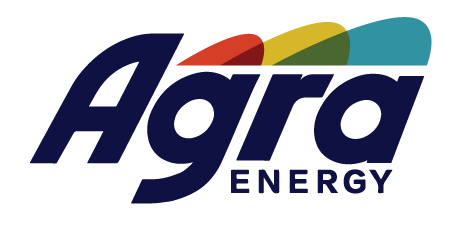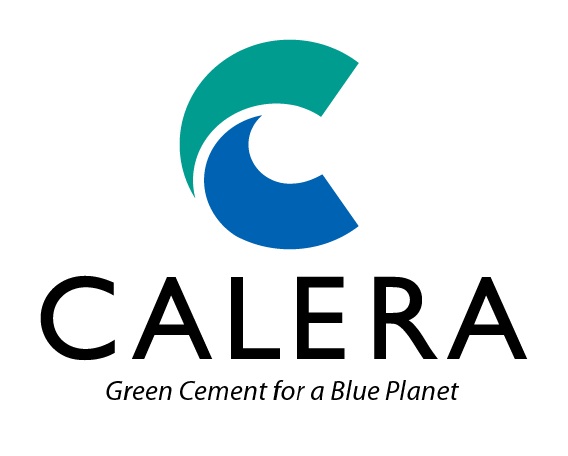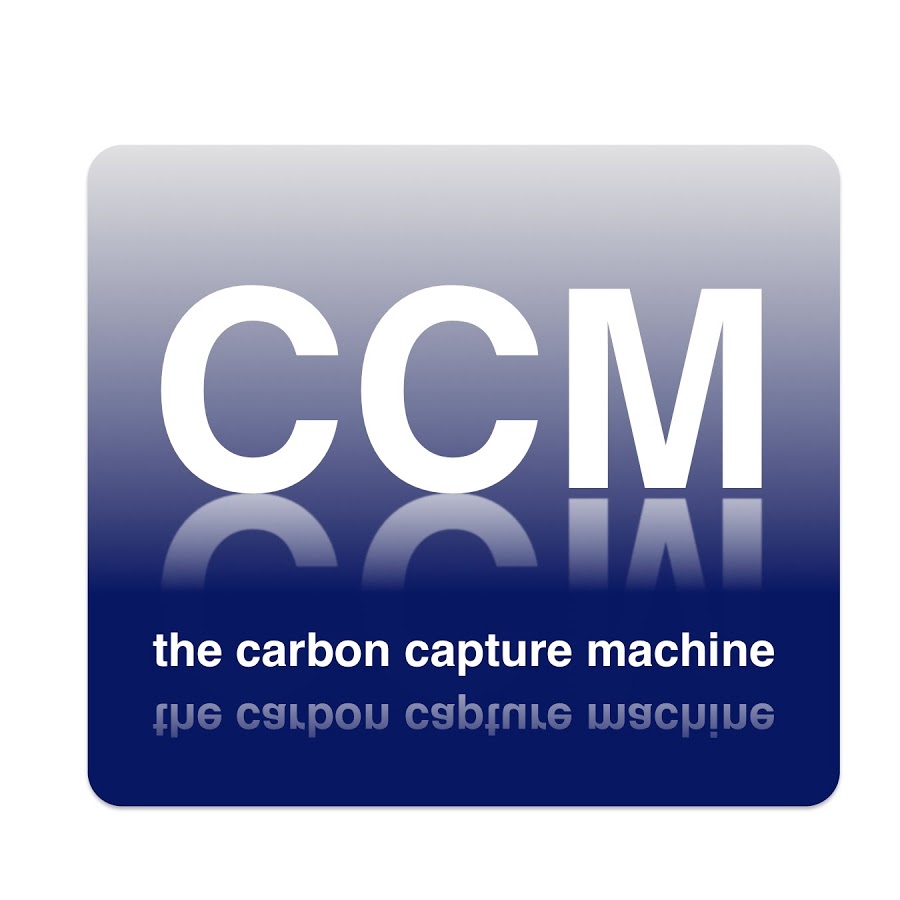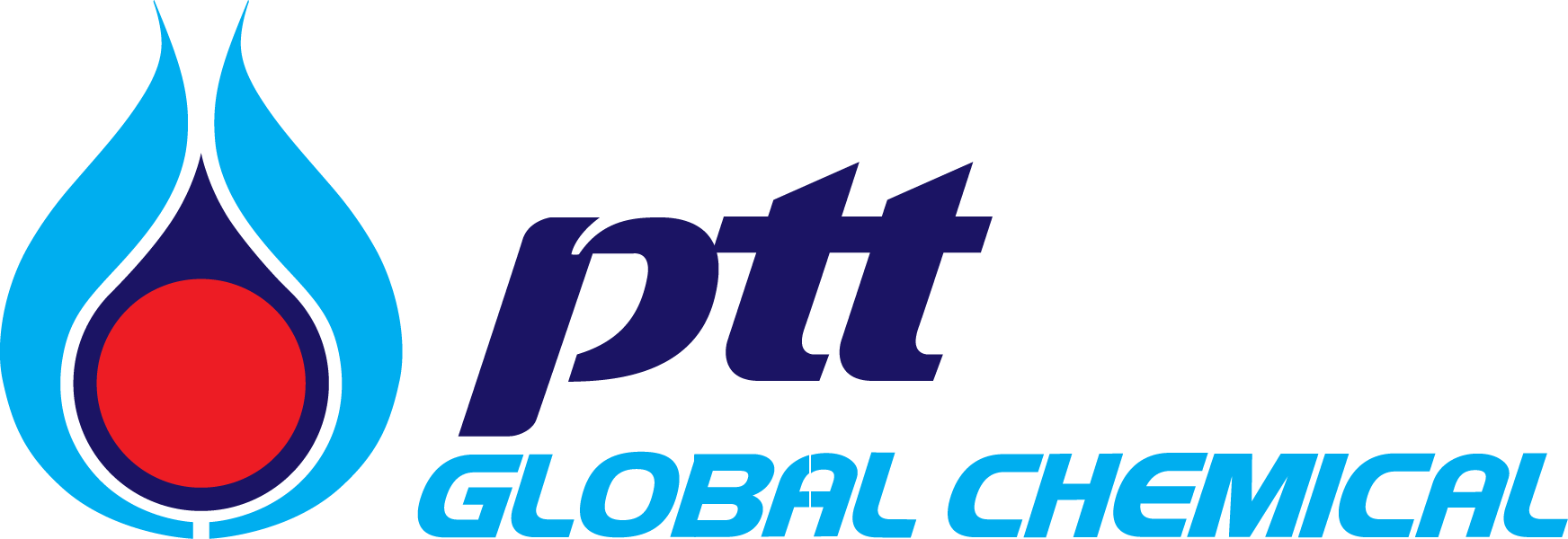Process eliminates the energy intensive and costly oil extraction step
MT. PROSPECT, Ill.–(BUSINESS WIRE)–Unitel Technologies, Inc. announced that the company has filed a patent application for a new technology for making biofuels from microalgae. The process involves minimal dewatering, and completely bypasses the energy intensive drying and oil extraction steps.
Currently, most of the proposed methods in the biofuels-from-algae space require the extraction of immobilized oil from algal biomass. However, regardless of the oil extraction technique used, and some are more efficient than others, getting to the oil is usually very expensive in terms of capital and energy costs. In some instances, the amount of energy consumed to extract the oil can actually exceed the energy value of the end product.
“That’s why we decided to develop a technology that sets us apart from the other players in this field,” notes Serge Randhava, CEO of Unitel. “Instead of trying to extract algal oil, we have determined that it is much more cost-effective to focus our attention on the production of algal fatty acids,” adds Serge.
In the Unitel process, the feedstock – a slurry or “soup” of water and cultivated algae (1% to 20% by weight) is continuously treated in a special hydrolysis reactor to yield 1) a fatty acid product, 2) a “sweet” water stream containing glycerol and other solubles, and 3) deoiled algal biomass. A small fraction of the fatty acid product is fed back into the reactor as catalyst.
The nutrient rich “sweet water” is recycled into the algae propagation tanks, where the carbon in the glycerol serves to promote the growth of phytoplankton. The deoiled biomass (consisting primarily of proteins and carbohydrates) is dried as a food ingredient for animal consumption.
The algal fatty acid product is catalytically decarboxylated and converted into paraffinic hydrocarbons (alkanes), followed by mild hydrocracking and hydroisomerization to make biojet fuel comprised of C10- C15 branched paraffins.
“Some of the features included in our technology can be traced back to the nineties when we designed and built several first-of-its-kind slurry based coal liquefaction and supercritical CO2 extraction demo units,” says Randhava. “The slurry pump loop and the depressurization module are two examples. The high-efficiency heat interchange system was developed in 1994 when I was Chairman of Xytel-Bechtel in Houston.”






















































